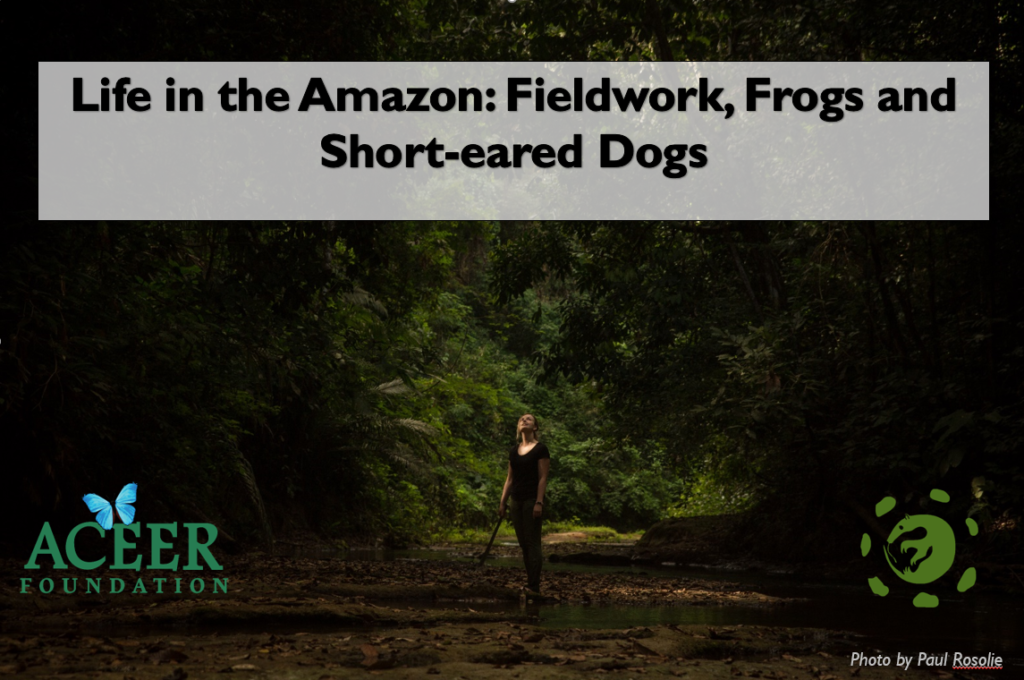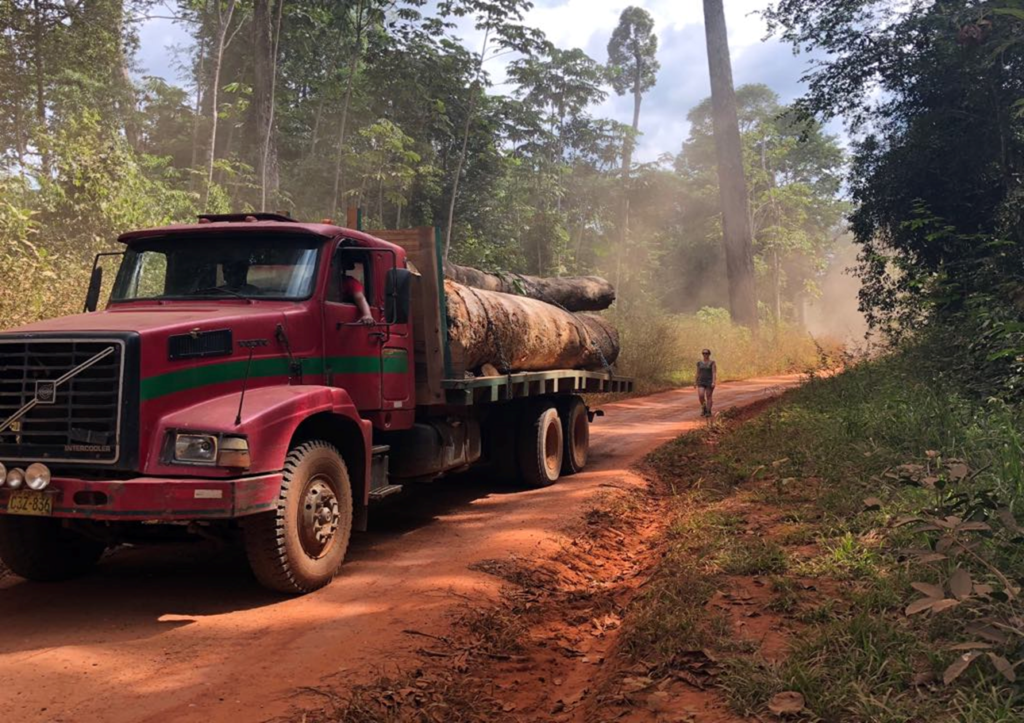
ACEER
ACEER Editorial Staff
Learn more about ACEER
June 23, 2021
ACEER at the Global Biodiversity Festival 2021
This year’s Global Biodiversity Festival ran from May 20th to May 23rd, encompassing the United Nations’ International Day for Biological Diversity. The nonprofit festival, opened by E.O. Wilson, and running for 72 hours straight, brought together over 150 speakers from around the world (scientists, explorers, conservationists, policy makers, filmmakers, economists) to celebrate our planet’s vast diversity of life, highlight the loss of biodiversity and the challenges in protecting it, and to share good news conservation stories.

The annual festival was first hosted in 2020 with 68 speakers, viewers from over 100 countries, $15,000 raised for conservation organisations, and a book published. The Global Biodiversity Festival is the brainchild of Joe Grabowski and Paul Rose1.
Two members of the ACEER team, Holly O’Donnell and Liselot Lange, were invited to speak about their work in the Peruvian Amazon at this year’s festival. They presented alongside the likes of Dereck and Beverly Joubert, Sylvia Earle, Ami Vitale, and Kristine Tompkins. The Amazon rainforest was the topic of several presentations, including Cecilia Montauban who has studied bats in the Peruvian Amazon, Céline Cousteau who shared the story of Indigenous Peoples of the Vale de Javari in the Brazilian Amazon, Luis Cunha who took us through soil history at Amazonian archaeological sites, Nicole Abanto introduced us to the giant otters of Madre de Dios, Peru, and Manuela Dal Forno who studies lichen!
All of these talks are now available to view online at https://www.globalbiofest.com/.
Holly O’Donnell, Director of Research at ACEER and 2020 ACEER Conservation Fellow
https://aceer.org/author/hollyodonnel/
Speaking about the Amazon rainforest is a passion of mine. I have been speaking for the nonprofit Exploring By The Seat Of Your Pants since 2015, when it was founded by Joe Grabowski. Since then it has grown spectacularly, bringing over 2,500 live events from scientists and explorers in 85 countries (including Peru!) to over half a million students in classrooms. Exploring By The Seat Of Your Pants has been incredibly supportive of me over the years, giving me a platform from which to share my passion for conserving the Amazon seven times now. I’ve gained valuable experience in science communication, particularly in engaging with a younger audience.

I was honoured to speak at this year’s Global Biodiversity Festival alongside so many renowned speakers, friends and former colleagues from the WildCRU, and my friend Liselot.

Summarising the biodiversity of the Amazon rainforest in 20 minutes, in a region recognised as THE most biodiverse region on earth, wasn’t easy. Hosted by Olga Lapina, the International Affairs Coordinator for the Russian Geographical Society, I opened my presentation “Life in the Amazon: Fieldwork, Frogs and Short-eared dogs” with an overview of the vast diversity of species found in the Amazon before moving on to cover some of the threats that the Amazon is facing, with a focus on logging which stems from the Interoceanic Highway.

I covered my former fieldwork where I carried out rapid assessment surveys of medium- and large-bodied mammals in a newly protected area of the Las Piedras. While living in a tent in a very basic campsite, I cut 11km of trails with a machete, set out camera traps to record the elusive species, and carried out daily line transect surveys, compiling the first species list for this biodiverse area.

Camera trap videos are always popular during talks for Exploring By The Seat Of Your Pants, so I made sure to include some, showcasing species such as the Jaguar, Giant Armadillo, South-American Coati and Tayra. The most exciting feature was a video of the elusive Short-eared Dog scavenging on an armadillo carcass – a discovery new to science which I published last year (https://www.canids.org/CBC/22/Shorteared_dog_scavenging.pdf).


I concluded my presentation by talking about my role since 2018 as an Expedition Guide for Tamandua Expeditions. I work with former loggers and miners who now use their forest skills and knowledge for conservation. Together, we enable students and tourists to experience the wonder of the Amazon rainforest, returning home as conservationists and ambassadors for the Amazon.

Sharing my passion for the Amazon rainforest and knowing that my talks contribute to raising awareness for conservation is incredibly rewarding and fulfilling work. Science communication and ecotourism, when done well, can both be vital tools in conservation. As David Attenborough said, “No one will protect what they don’t care about, and no one will care about what they have never experienced”.
Watch my talk here:
Liselot Lange, ACEER Conservation Fellow 2021
https://aceer.org/author/liselotlange/
“Primates in Las Piedras, Peru”
When I was working under the strict COVID-19 quarantine restrictions in the city of Puerto Maldonado, Peru in 2020 I received an exciting email from Joe Grabowski who invited me to give a virtual presentation for his nonprofit Exploring By The Seat Of Your Pants. Even though I had a very unstable internet connection at the time, the talk went really well, and I was honoured when Joe reached out to me again to see if I was interested in speaking at this year’s Global Biodiversity Festival. Of course I said yes – any way to get the word out about my work is an opportunity to raise awareness on real-time threats the Amazon faces. Many of my followers live in Europe or North America, and even though the media informs the world of the alarming rates of deforestation of the Amazon (a hectare of primary rainforest lost every minute), people often relate better when hearing about the destruction first hand.

I was very happy to speak at this year’s GBF. My session was hosted by the impressive Wes Della Volla, a multiple award-winning non-fiction producer and the founder of Meridian Treehouse. In my talk I covered the primate biodiversity in the region where I work, Las Piedras, Madre de Dios, Peru. I described the twelve different species that can be found here, I addressed the threats the Endangered black-faced black spider monkey (Ateles chamek) faces, the role the spider monkey plays in the ecosystem as a large-seed dispersal agent, and what potential solutions exist to conserve this species.

of primates found in the Las Piedras region. Photo by Liselot Lange.

Furthermore, I spoke about my personal plans, for instance to continue my scientific research, start education outreach programs along the Las Piedras river and stimulate local law enforcement bodies to take action against illegal activities in the Amazon by advocating my work.

As my journey continues, I hope to reach more people with my story, give people a sneak peek into my life as a primatologist and inspire young & old to make a (small) change in a world that desperately needs more people leaving a positive impact. I’d also like to give a shoutout to my friend Holly, who put me in contact with Joe Grabowksi and also gave an amazing talk about the Amazon and her experiences at the festival.
Watch my talk here:
1 Joe is the founder of the nonprofit Exploring by the Seats of your Pants. He is also National Geographic’s first Education Fellow and founder of National Geographic’s Explorer Classroom program. Paul Rose is a renowned polar expert and UK broadcaster, Former Vice President of the Royal Geographical Society and current Expedition Leader for the National Geographic Pristine Seas Expeditions.
